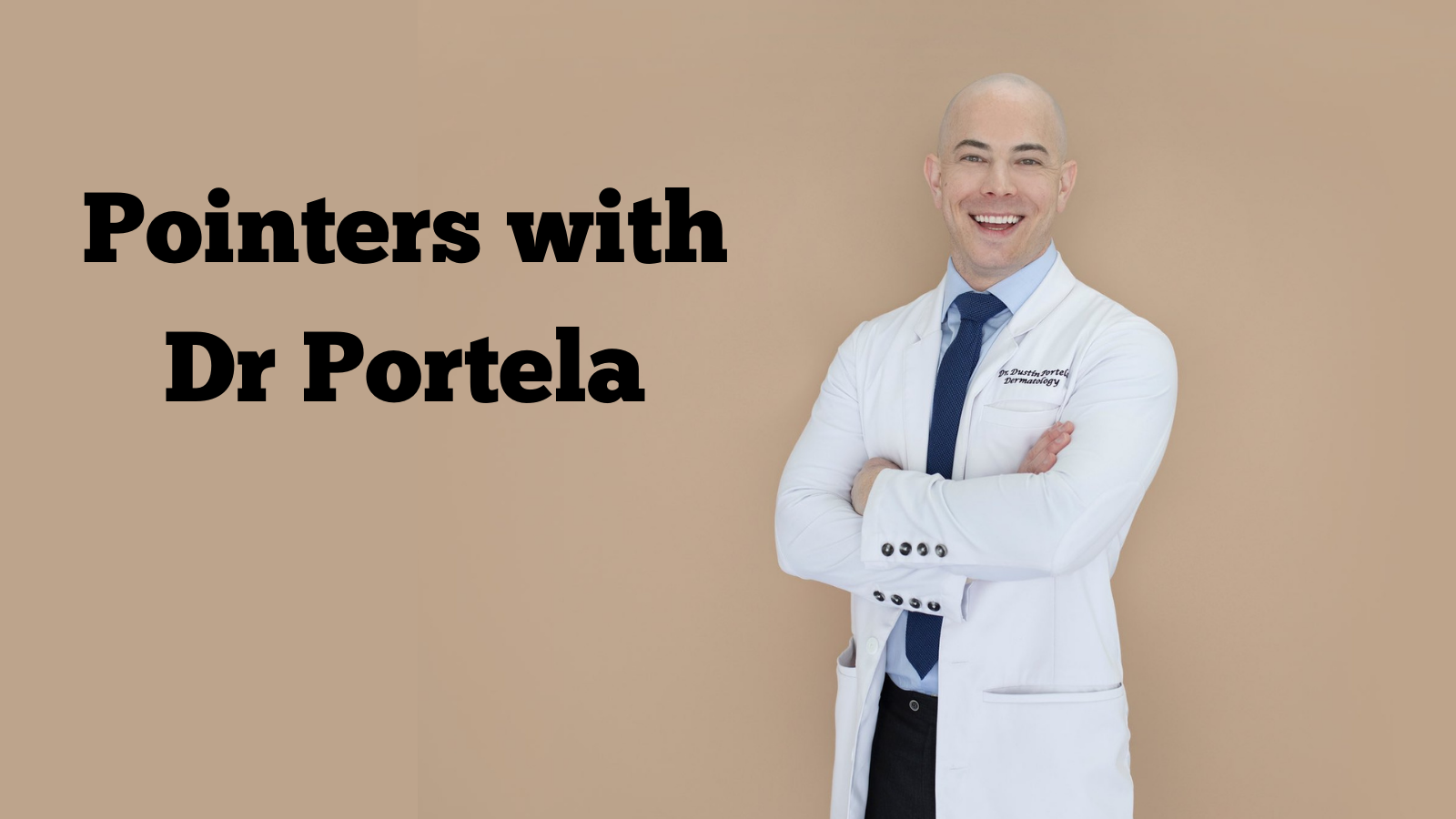- Acne
- Actinic Keratosis
- Aesthetics
- Alopecia
- Atopic Dermatitis
- Buy-and-Bill
- COVID-19
- Case-Based Roundtable
- Chronic Hand Eczema
- Chronic Spontaneous Urticaria
- Drug Watch
- Eczema
- General Dermatology
- Hidradenitis Suppurativa
- Melasma
- NP and PA
- Pediatric Dermatology
- Pigmentary Disorders
- Practice Management
- Precision Medicine and Biologics
- Prurigo Nodularis
- Psoriasis
- Psoriatic Arthritis
- Rare Disease
- Rosacea
- Skin Cancer
- Vitiligo
- Wound Care
Article
The joy of disconnecting
Author(s):
Technology keeping you tethered to work? It’s time to unplug.
TravnikovStudio-adobe.stock.com

In addition to seeing clinic patients, many of today’s dermatologists spend time each day sifting through and responding to emails on electronic health record (EHR) messaging systems. The aim of EHR communication systems is to let dermatologists and others know about important events and allow them to communicate with staff and patients in a secured environment.
But there’s another side to EHR communications. Because of the 24-7 emails, dermatologists are less likely to disconnect from the practice when their workdays are done. This is a burden for dermatologists - one that contributes to burnout in the specialty, according to a paper published August 2018 in the Journal of the American Academy of Dermatology (JAAD).1
Guest columnist Philip A. Masters, M.D., tackled the topic in his column “We are losing our ability to unplug,” published September 12, 2018 on KevinMD.com. Technology, he writes, it making it less likely that providers disengage from work for much-needed “me” time.
“It is increasingly common to receive work-related emails or see non-urgent entries in the electronic health record (EHR) in the evenings, very early morning hours and anytime over the weekend. Most dramatically, even when I know when someone is on vacation and physically away, it isn’t unusual for them to continue communicating much as if they were still at work,” Dr. Masters writes.
The Duke Department of Dermatology researchers who were published last year in JAAD found the 15 physicians and 3 physician assistants in Duke’s dermatology department received 58,134 messages in the EHR inbox from March 1, 2016 to February 28, 2017. Patients wanting medical advice sent clinicians an average of two messages and a range of 1 to 115 messages through the EHR.
The data suggest that EHR inbox-messaging is notably burdensome on dermatologists who receive three messages per patient encounter and 49 messages in a full workday.
“… reducing noncritical messaging might permit quicker resolution of important issues. Increased messaging, higher perceived burden and longer time to completion were all correlated with worse burnout,” the authors write.
In a Forbes.com article published July 31, 2018, author Shelcy V. Joseph reports on three ways to disconnect from work:
First, “Perfect the Out of Office Email,” she writes. This involves making a plan with the office before you leave, including talking with the staff about when you’ll be back, telling them who is in charge while you’re gone and setting up on autoresponder on email.
Second, “Let your team disconnect,” according to Joseph. That means having a culture in the office where staff are encouraged to disconnect.
Finally, “Turn FOMO into JOMO,” she writes. Taking time away from the practice shouldn’t be about the fear of missing out, or FOMO, but rather it’s about the joy of missing out, or JOMO. Disconnecting, she writes, will make you feel energized and inspired when you return.
Dr. Masters who admitted in the column that he still hasn’t figured out how to unplug writes that having no downtime will likely have unfortunate consequences.
“We know that taking care of ourselves is a critical aspect of physician well-being, and that without the time and space for us to relax and recoup, our ability to help others is likely to be significantly impaired. These are the things we are losing by our inability to unplug,” Dr. Masters writes.
References:
1. Bittar PG, Nicholas MW. The burden of inbox-messaging systems and its effect on work-life balance in dermatology. J Am Acad Dermatol. 2018 Aug;79(2):361-363.e1.
Newsletter
Like what you’re reading? Subscribe to Dermatology Times for weekly updates on therapies, innovations, and real-world practice tips.






